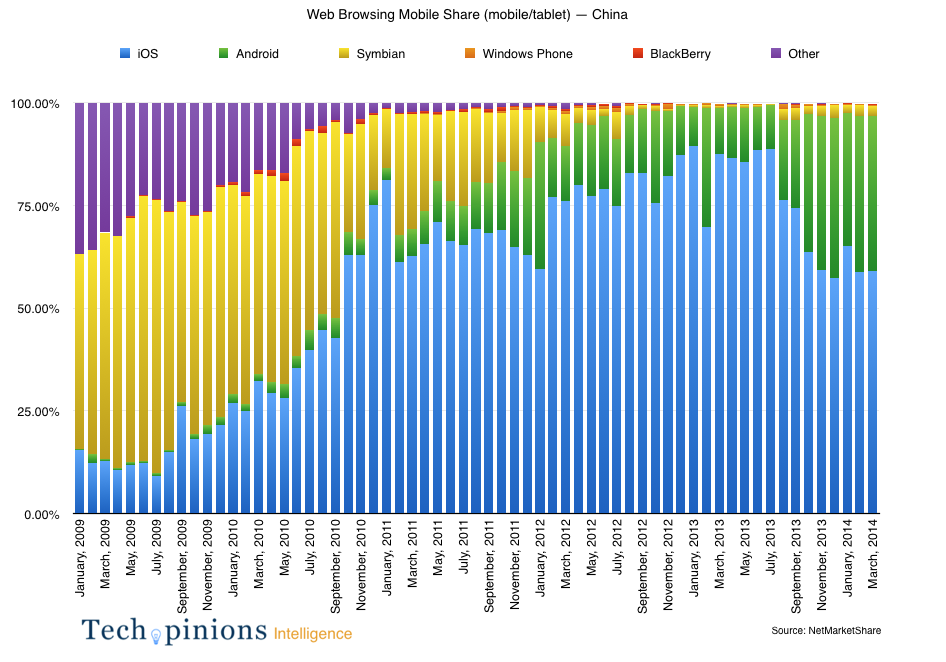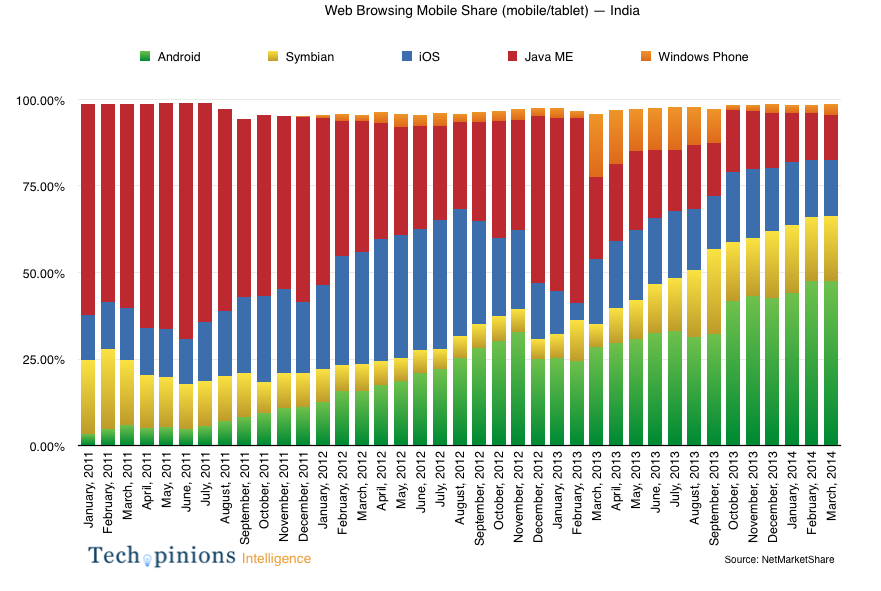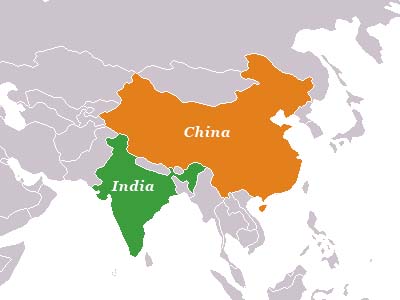There has been a good discussion recently on our site about Apple and India. I try to maintain as global a perspective as possible. I study in depth markets like China, India, Latin America, and more. I look for data from these markets; I search for trends, and try to get a handle on each market needs, wants and desires. With that said, I think China makes sense as the primary target for Apple for the foreseeable future.
The first thing we need to establish about both markets is their consumers are very different. Sometimes particular global markets have similarities to other ones. Other times they are very different. This is the case with China and India. Chinese consumers have some similarities to American consumers. Studies are showing large percentages of consumers in China are more emotional when it comes to purchasing. Other markets such as India, and even parts of Europe such as Germany, for example, are filled with more pragmatic consumers rather than emotional ones. The best way to understand this is these markets are filled with a majority of value for the money consumers. This is not to say they are cheap but that value is defined differently and often with less emotion. Consumers with primarily a value for the money mentality tend to look at price first and often times foremost.
Looking at both markets, Android is the dominant operating system. China has nearly 500m mobile Internet users while India has just over 100m. Depending on whose estimates you trust, there are likely five times as many Android smartphones in use in China (mostly brought in through the back door to local carriers) while there are likely 10 times as many Android smartphones in use in India than iPhones. With that context in mind take a look at these two charts showing web browsing via mobile platforms in both China and India.
China and India Web Usage via mobile platforms

Despite there being significantly more Android users in China than iPhone users, we still see heavy usage of iPhone’s browsing the web. I continually point out web browsing is not the only metric that matters for measuring mobile engagement. Especially in China where consumers do most of their engagement through messaging apps like WeChat. But the fact that general web browsing is this high in China on iOS is a key point. It is also one that is not lost on Apple since they see most of the same data that I do.
Now let’s take a look at the same data source for India.

India is still in the early stages of its growth curve for smartphones. Estimates are that India will just about more than double the number of smartphone users in 2014 alone. China as a market is nearing maturity. India, on the other hand, is still a very immature smartphone market. Apple has no chance in immature emerging markets. Especially those filled with first time buyers. They do have a chance in mature emerging markets. This point alone is why China makes the most sense strategically for Apple in the short run.
I don’t doubt there are many interested customers for the iPhone in India. I do believe this is a market Apple is still feeling out and gathering data around as well as experimenting in. India is an incredibly important market for any technology company. The issue for Apple is timing. I feel the timing is ripe for Apple in China and not quite ripe enough yet in India.
The Big Question
The big question is whether or not markets are lost to Apple if they are not active in the development stages of a market. Could a point come where a market is lost to Apple or it is too late for them to enter? This is the question Apple watchers and investors must wrestle with. Apple is hoping their loyalty rates among their customers is something that works in their favor. Apple’s devices will always be highly differentiated in every market they enter. Apple does not want to just sell hardware. If they were only a hardware company, we would see them act very differently. I would also be less optimistic of their future if they were only a hardware company. Apple wants customers for whom the hardware is a portal to their ecosystem. They want customers, who once in their ecosystem, will start investing in things like software and services. They want customers who value the whole experience.
Apple is targeting China because, as of right now, their ecosystem is extremely differentiated. Apple has also been investing in China from a software standpoint by making specific iOS customizations for Chinese consumers. Things like catering to their service providers for deeper integration into iOS is a good example.
With regard to India, a key market development to watch is the entry of Xiaomi. Xiaomi is looking at the market in a way I think will be competitive in India. Xiaomi has an interesting model of selling hardware at cost and monetizing their software and services ecosystem. However, it has become clear as of late when Xiaomi enters markets outside of China that they will include Google’s services in those markets. How Xiaomi competes in China with a unique experience but also by integrating the same Google services as their Android competitors will be a true test of Xiaomi’s ability to operate outside of China.
Whether or not a market is lost to Apple will all depend on the nature of the competitive market in emerging regions. We will only know the answer to this question when a particular market like India gets closer to maturity. Apple needs mature markets to compete and their entry to a market will simply be a matter of timing.

I agreed with your Analysis
Good Job
Nice post. I learn something new and challenging on blogs I stumbleupon on a daily basis.